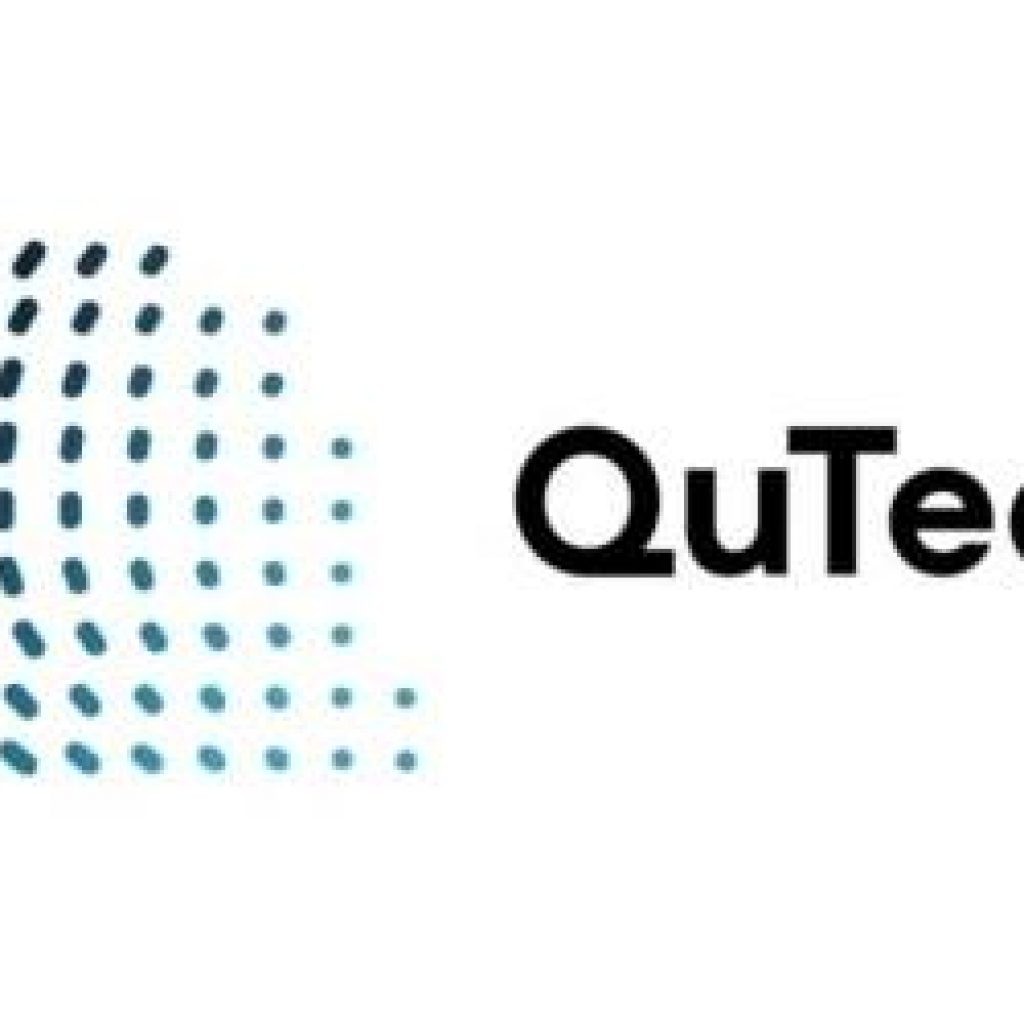(QuTech) A team of researchers from QuTech in the Netherlands reports realization of the first multi-node quantum network, connecting three quantum processors. In addition, they achieved a proof-of-principle demonstration of key quantum network protocols. Their findings mark an important milestone towards the future quantum internet and have now been published in Science.
The rudimentary quantum network consists of three quantum nodes, at some distance within the same building. To make these nodes operate as a true network, the researchers had to invent a novel architecture that enables scaling beyond a single link. The middle node (called Bob) has a physical connection to both outer nodes (called Alice and Charlie), allowing entanglement links with each of these nodes to be established. Bob is equipped with an additional quantum bit that can be used as memory, allowing a previously generated quantum link to be stored while a new link is being established. After establishing the quantum links Alice–Bob and Bob–Charlie, a set of quantum operations at Bob converts these links into a quantum link Alice-Charlie. Alternatively, by performing a different set of quantum operations at Bob, entanglement between all three nodes is established.
An important feature of the network is that it announces the successful completion of these (intrinsically probabilistic) protocols with a “flag” signal. Such heralding is crucial for scalability, as in a future quantum internet many of such protocols will need to be concatenated. ‘Once established, we were able to preserve the resulting entangled states, protecting them from noise,’ says Sophie Hermans, another member of the team. ‘It means that, in principle, we can use these states for quantum key distribution, a quantum computation or any other subsequent quantum protocol.’(Qu
This first entanglement-based quantum network provides the researchers with a unique testbed for developing and testing quantum internet hardware, software and protocols. ‘The future quantum internet will consist of countless quantum devices and intermediate nodes,’ says Ronald Hanson, who led the research team. ‘Colleagues at QuTech are already looking into future compatibility with existing data infrastructures.’ In due time, the current proof-of-principle approach will be tested outside the lab on existing telecom fibre – on QuTech’s Quantum Internet Demonstrator, of which the first metropolitan link is scheduled to be completed in 2022.
Dutch Researchers Establish the First Entanglement-Based Quantum Network
